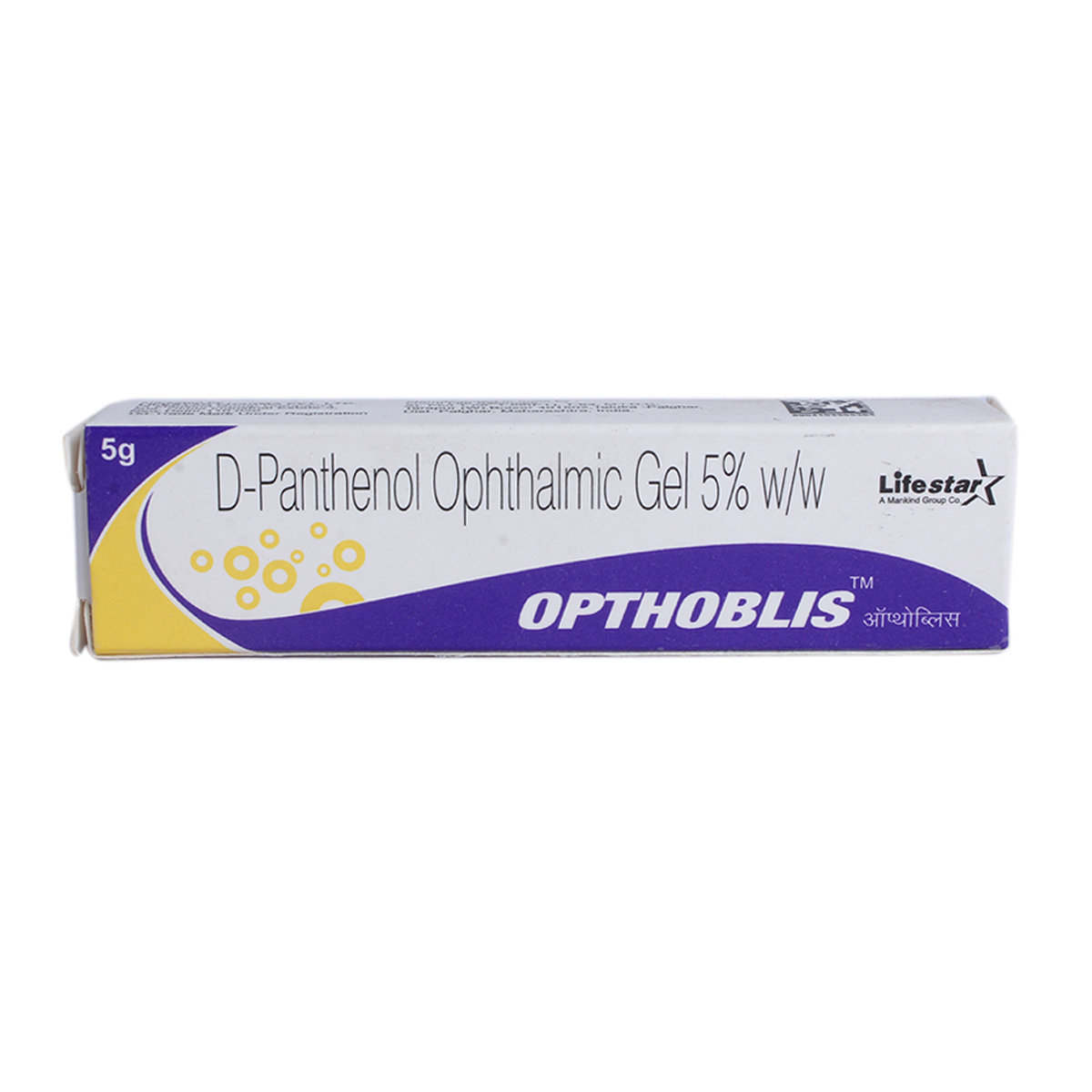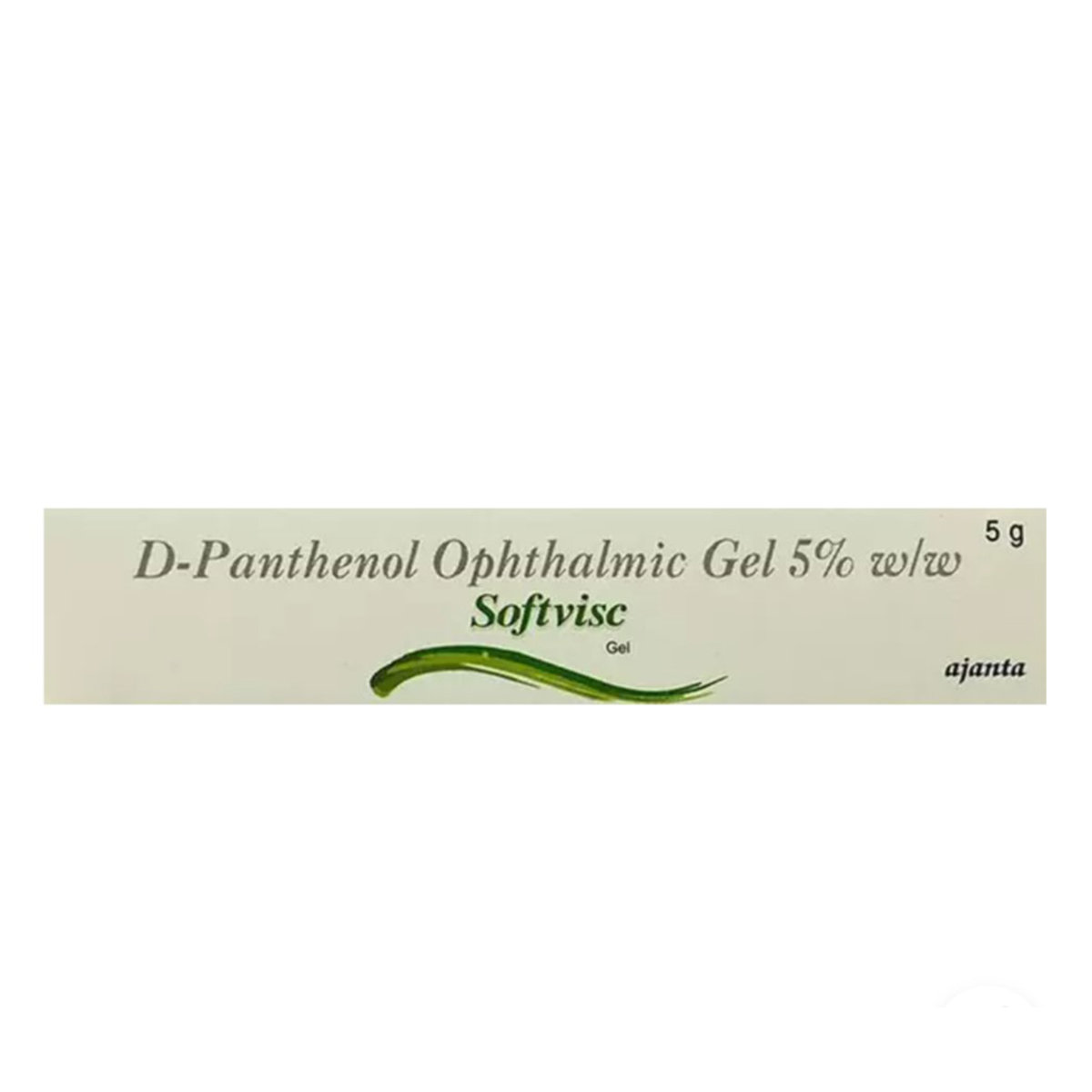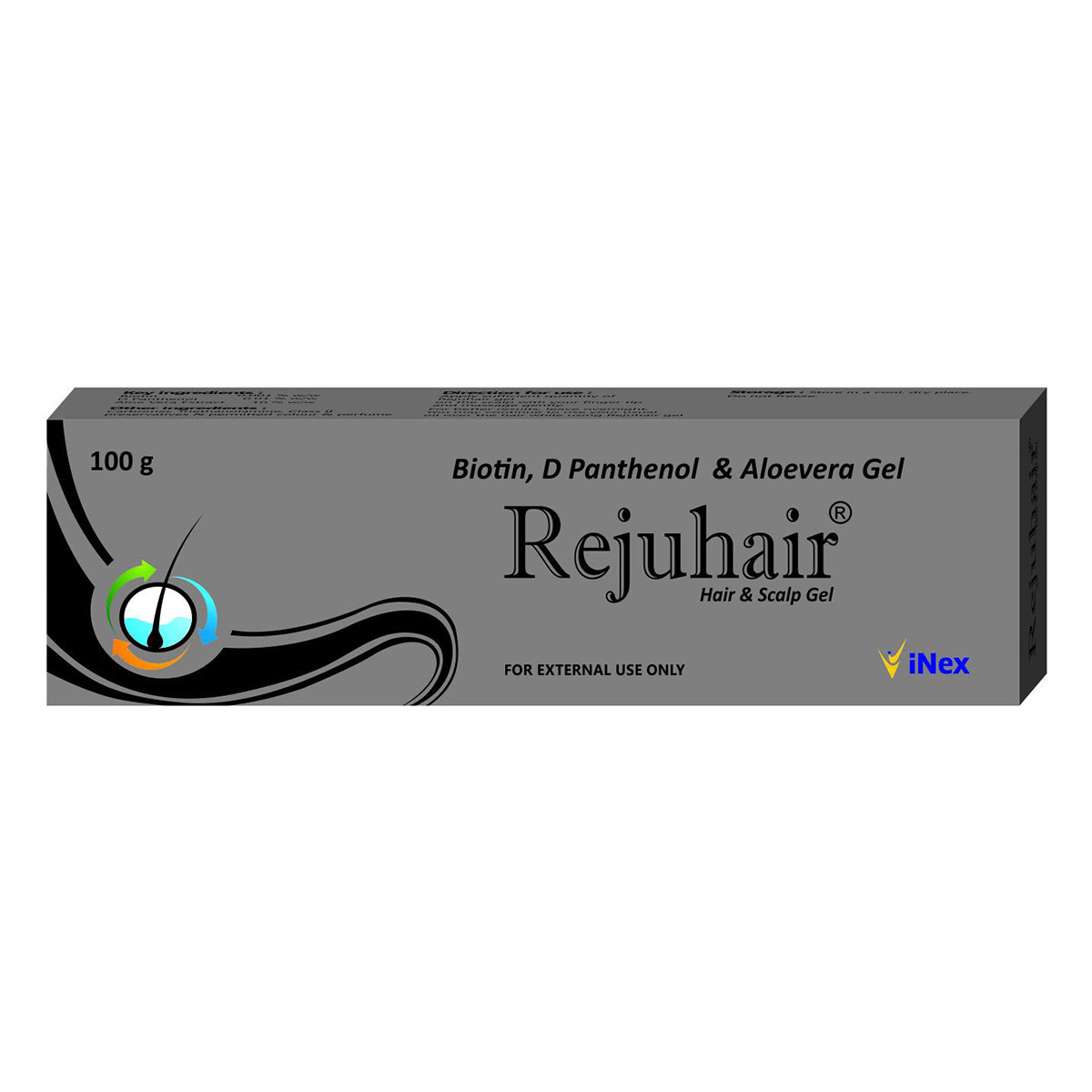D Panthenol
About D Panthenol
D Panthenol belongs to the class of 'ophthalmological agents' that treat dry eyes. A dry eye is a disorder of the tear film of the eye that leads to the deficiency of tears or extreme evaporation of the tears causing damage to the ocular surface.
D Panthenol comprises D-Panthenol or Dexpanthenol, a hydrating agent. It promotes moisture retention and effectively hydrates and protects the eye. It provides fast and long-lasting relief from irritated and dry eyes. It also prevents conjunctival and corneal epithelial damage.
D Panthenol is for ophthalmic (for the eye) use only. Common side effects include eye irritation/itching, eye discomfort, and temporary blurry vision. These side effects may not occur in every patient using this medication and will gradually resolve over time. If the side effects persist longer or worsen, please seek a doctor's advice.
Let your doctor know if you are allergic to any medication before using D Panthenol. Avoid contact of the tip of the dispensing tube with the eye, eyelids, fingers, and other surfaces to prevent contamination. Pregnant and breastfeeding women should consult their doctor before starting D Panthenol. This medicine may cause temporary blurred vision; hence drive only when you are alert and have clear vision. D Panthenol should be used in children only when advised by a doctor.
Uses of D Panthenol
Medicinal Benefits
D Panthenol contains D-Panthenol or Dexpanthenol, a hydrating agent. It promotes moisture retention and effectively hydrates and protects the eye. It provides fast and long-lasting relief from irritated and dry eyes. It also prevents conjunctival and corneal epithelial damage. D Panthenol is also useful in treating burning sensation, eye strain and other conditions caused by external factors, such as smoke, dust, dry heat, and air conditioning.
Directions for Use
Storage
Side Effects of D Panthenol
- Eye irritation/itching
- Eye discomfort
- Temporary blurred vision
Drug Warnings
Avoid touching the tip of the tube with bare hands or taking it closer to the eyelids since it contaminates the dispensing container and medicine. If you wear contact lenses, remove them while administering the medicine to the eye. It is advised to check with your doctor before using D Panthenol if you are pregnant or breastfeeding. Avoid driving or operating machines until you have a clear vision since the administration of D Panthenol may cause temporary blurred vision.
Drug Interactions
Drug-Drug Interaction: Keep your doctor informed about all the other medicines you take, including other eye formulations, before starting D Panthenol.
Drug-Food Interaction: No drug-food interactions were found.
Drug-Disease Interaction: Brief your doctor if you have a medical history of allergic reactions to medicines before starting D Panthenol.
Drug-Drug Interactions Checker List:
Safety Advice

Alcohol
cautionThere is limited information on how alcohol consumption affects D Panthenol. Please consult your doctor if you have concerns.

Pregnancy
consult your doctorIf you are pregnant, consult your doctor before using D Panthenol.

Breast Feeding
consult your doctorThere are limited studies on how D Panthenol affects breastfed infants. Please consult your doctor before using D Panthenol if you are breastfeeding.

Driving
cautionD Panthenol may cause side effects like blurry vision for a while immediately after administration, affecting your driving ability. Do not drive or operate machinery in such cases. Drive only when you are alert and have clear vision.

Liver
cautionLet your doctor know if you have any history of liver diseases or hepatic impairment before using D Panthenol.

Kidney
cautionLet your doctor know if you have any history of kidney diseases before using D Panthenol.

Children
consult your doctorPlease consult your doctor as there is no information available on the use of D Panthenol in children.
Habit Forming
Diet & Lifestyle Advise
- Manage stress, eat healthily, drink plenty of water, exercise regularly, and get plenty of sleep.
- Eat food rich in antioxidants such as berries, spinach, kidney beans, dark chocolate, etc.
- Know your allergy triggers, such as pollen, dust and other factors.
- Do not rub your eyes even though some ophthalmic drugs make your eye itchy.
- If you wear contact lenses: Clean and replace contact lenses more often. Never share contact lenses. Always wash your hands before inserting and removing the contact lens.
- Avoid staring at digital screens for longer durations. Rest your eyes every 20 minutes.
- Blink often to help spread the hydrating substances, such as mucus and tears, across the eyes.
- Always use clean towels or tissues to wipe your eyes and face.
- Avoid sharing eye-makeup products, such as eyeliner, mascara or kohl.
- Avoid or limit the intake of alcohol and caffeine.
Patients Concern
Disease/Condition Glossary
Dry eyes: Dry eye is a disorder of the tear film of the eye that leads to the deficiency of tears or extreme evaporation of the tears. This tearing instability leads to inflammation and damage to the eye surface. The dry eye could be caused by disruption of the healthy tear film due to autoimmune disease, hormonal changes, or inflamed eyelid glands. Symptoms include a burning sensation, sensitivity to light, eye redness, a sensation of having something in your eyes, watery eyes, and blurred vision.
FAQs
D Panthenol contains D-Panthenol, a hydrating agent. It retains the moisture content in the eyes and relieves the burning sensation, dryness, and itching caused due to dry eyes.
Removing your contact lens if you are wearing it while using D Panthenol is advised. Also, remember to wash your hands before and after application to avoid contamination.
If you use other eye ointments/drops along with D Panthenol, it is advised to maintain a gap of at least 5-10 minutes after each administration. Also, always use eye drops before applying any ointments.










